FOB (Free on Board) is an Incoterm where the seller fulfills their obligation to deliver when the goods have passed over the ship’s rail at the named port of shipment. This means that the buyer bears all costs and risks of loss or damage to the goods from that point onwards. FOB is particularly significant in maritime trade, where it helps delineate the responsibilities between the buyer and the seller.
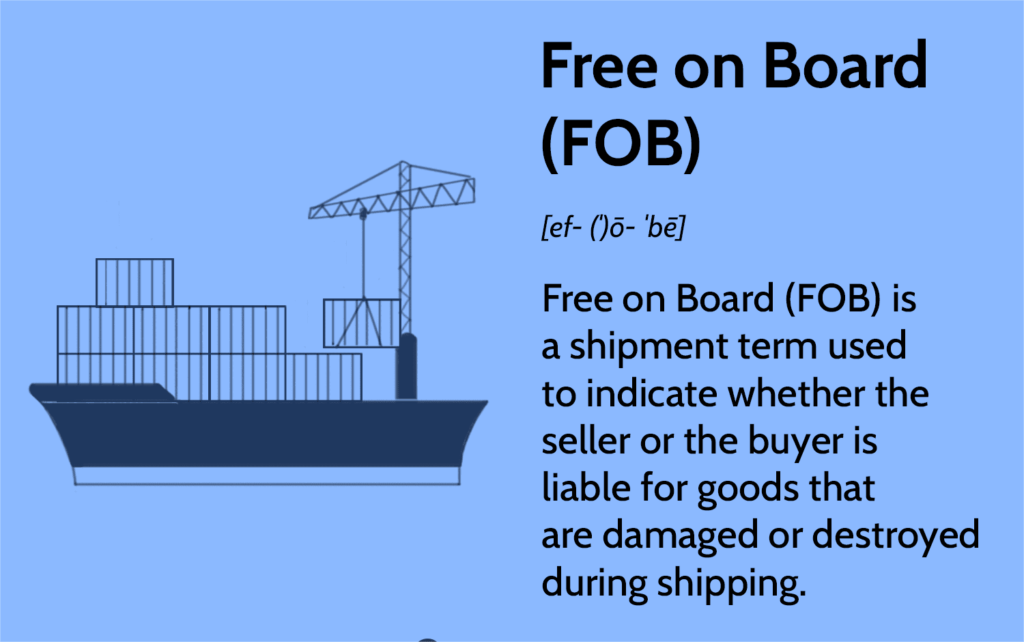
Understanding FOB is vital for importers as it directly impacts logistics planning, risk management, and cost allocation. By comprehending how FOB works, importers can better negotiate contracts, optimize shipping arrangements, and ensure smoother transactions.
Table of Contents
Understanding FOB Incoterms
To fully grasp the concept of FOB, it’s essential to delve into its history, evolution, and key components associated with this Incoterm.
History and Evolution of FOB in International Trade
The term FOB has been in use for centuries and originated in the early days of international maritime trade. Historically, FOB terms were designed to simplify and standardize the process of shipping goods across oceans. Over time, it has evolved to accommodate the changing dynamics of global trade, including advancements in shipping technology and logistics. The 2020 update of Incoterms by the ICC included refinements to FOB to better align with modern shipping practices and legal frameworks.
Key Components and Terminology Related to FOB
- Shipper: The party responsible for exporting goods. The shipper ensures that the goods are delivered to the port and loaded onto the vessel.
- Consignee: The party receiving the goods. The consignee takes on the costs and risks once the goods are loaded on the vessel.
- Bill of Lading: A critical document issued by the carrier, acknowledging that the goods have been received for shipment. It serves as a receipt for the goods, a document of title, and a contract between the shipper and the carrier.
- Loading Port: The port where the goods are loaded onto the shipping vessel. The risk and responsibility transfer from the seller to the buyer at this point.
- Ship’s Rail: Historically, the point at which goods pass over the rail of the ship was considered the exact point of risk transfer. While modern practices have evolved, the concept remains central to understanding FOB terms.
By familiarizing themselves with these components and terminology, importers can navigate FOB terms more effectively. This understanding is particularly important for coordinating logistics, managing documentation, and ensuring compliance with international trade regulations.
FOB Shipping Point vs. FOB Destination
Understanding the distinctions between FOB Shipping Point and FOB Destination is crucial for importers as it influences cost allocation, risk management, and logistical planning.
Explanation of FOB Shipping Point
Under FOB Shipping Point terms (also known as FOB Origin), the seller’s responsibility ends once the goods are loaded onto the shipping vessel at the port of origin. From that moment, the buyer assumes all risks and costs associated with the goods during transit. This means the buyer is responsible for transportation, insurance, and any other costs that arise after the goods are loaded.
Explanation of FOB Destination
Under FOB Destination terms, the seller retains responsibility for the goods until they reach the buyer’s specified location. The seller bears all risks and costs associated with transporting the goods to the destination, including freight charges, insurance, and handling fees. The buyer only assumes responsibility upon receipt of the goods at their location.
Key Differences between FOB Shipping Point and FOB Destination
- Risk Transfer: In FOB Shipping Point, risk transfers to the buyer once the goods are loaded onto the vessel. In FOB Destination, risk transfers only when the goods reach the buyer’s location.
- Cost Allocation: In FOB Shipping Point, the buyer bears the transportation and insurance costs. In FOB Destination, the seller covers these costs until the goods reach the buyer’s location.
Pros and Cons of Each for Importers
- FOB Shipping Point:
- Pros:
- Lower initial cost for the buyer since the seller only covers costs up to the loading point.
- Greater control over the transportation process for the buyer, allowing for potential cost savings through negotiated freight rates.
- Cons:
- Increased risk for the buyer during transit, as any damage or loss en route is the buyer’s responsibility.
- Additional logistical arrangements needed by the buyer to manage transportation and insurance.
- Pros:
- FOB Destination:
- Pros:
- Reduced risk for the buyer during transit, as the seller bears responsibility until delivery.
- Simplified logistics for the buyer, with the seller handling transportation and associated costs.
- Cons:
- Higher cost for the seller, which may be passed on to the buyer in the form of higher product prices.
- Less control for the buyer over the shipping process and potential delays in delivery.
- Pros:
Responsibilities Under FOB Terms
Understanding the specific responsibilities of both the exporter and importer under FOB terms is crucial for ensuring smooth transactions and minimizing disputes.
Exporter’s Responsibilities
- Packaging and Labeling of Goods: The exporter is responsible for properly packaging and labeling the goods according to international standards and the requirements of the carrier. This ensures the goods are protected during transit and comply with regulatory requirements.
- Customs Clearance and Export Documentation: The exporter must handle all necessary export documentation and customs clearance procedures. This includes preparing the commercial invoice, packing list, and any required export licenses or certificates. Ensuring accurate and complete documentation is vital for preventing delays and ensuring compliance with international trade regulations.
Importer’s Responsibilities
- Transportation and Freight Costs: Once the goods are loaded onto the shipping vessel, the importer takes on the responsibility for arranging and paying for transportation from the port of shipment to the final destination. This includes negotiating freight rates, selecting carriers, and managing the logistics of the shipment.
- Insurance and Risk Management: The importer must obtain insurance to cover potential risks during transit. This includes choosing the appropriate coverage and ensuring that the insurance policy aligns with the terms of the sale. Effective risk management strategies, such as selecting reliable carriers and monitoring the shipment, are essential for minimizing potential losses.
Read More:
- Understanding FOB A Guide to Importing from China
- What is Delivered Duty Paid (DDP)
- Shipping from China to Saudi Arabia 2024
- Shipping from China to UAE
Risk and Cost Transfer in FOB
One of the key aspects of FOB terms is understanding the precise point at which risk and cost transfer from the seller to the buyer. This knowledge helps importers manage their responsibilities and mitigate potential risks.
Point at Which Risk is Transferred from Seller to Buyer
Under FOB terms, risk transfers from the seller to the buyer once the goods pass the ship’s rail at the named port of shipment. This means that any damage or loss occurring after this point is the buyer’s responsibility. Understanding this critical moment is essential for importers to effectively manage their risk.
Breakdown of Cost Responsibilities at Each Stage of Shipping
- Seller’s Costs:
- Packaging and labeling of goods
- Transporting goods to the port of shipment
- Loading goods onto the shipping vessel
- Export documentation and customs clearance
- Buyer’s Costs:
- Freight charges from the port of shipment to the final destination
- Insurance during transit
- Import duties and taxes
- Unloading and transportation to the final destination
A visual representation can be extremely helpful in clarifying the risk and cost transfer process. Here is an example:
| Stage | Responsibility | Cost | Risk |
|---|---|---|---|
| Packaging | Seller | Seller | Seller |
| Transport to Port | Seller | Seller | Seller |
| Loading onto Vessel | Seller | Seller | Seller |
| Passing Ship’s Rail | Transfer Point | Transfer Point | Transfer Point |
| Freight to Destination | Buyer | Buyer | Buyer |
| Insurance | Buyer | Buyer | Buyer |
| Unloading | Buyer | Buyer | Buyer |
| Transport to Final Destination | Buyer | Buyer | Buyer |
This table clearly shows the transition of responsibilities and risks at each stage of the shipping process, helping importers understand their obligations and manage their operations more effectively.
Legal Implications and Compliance
Navigating the legal landscape of international trade requires a thorough understanding of the legal implications and compliance requirements associated with FOB terms. This knowledge is essential for avoiding legal disputes and ensuring smooth transactions.
Legal Obligations Under FOB Terms
- Under FOB terms, specific legal obligations must be met by both the seller and the buyer. The seller is legally obliged to deliver the goods to the port of shipment, load them onto the vessel, and provide all necessary documentation, including the bill of lading. The buyer, on the other hand, must take responsibility for the goods once they pass the ship’s rail and ensure they manage all subsequent logistics, including freight and insurance.
Common Legal Pitfalls and How to Avoid Them
- Ambiguous Contracts: One of the most common legal pitfalls is the use of ambiguous or unclear contract terms. To avoid disputes, contracts should clearly define the responsibilities and obligations of each party, including the exact point of risk transfer and the specifics of cost allocation.
- Incomplete Documentation: Inaccurate or incomplete documentation can lead to legal disputes and delays in shipping. Ensuring that all required documents are properly prepared and verified is crucial.
- Non-Compliance with Trade Regulations: Non-compliance with international trade regulations can result in legal penalties and delays. Both parties must stay updated on the latest trade laws and ensure that their practices align with regulatory requirements.
Compliance with International Trade Regulations and Standards
- Compliance with international trade regulations involves adhering to various laws and standards that govern the import and export of goods. This includes complying with customs regulations, import/export restrictions, and environmental standards. Importers must ensure that their suppliers also adhere to these regulations to avoid potential legal issues.
Common Challenges and Solutions
Despite the clear structure provided by FOB terms, importers often face challenges in the practical implementation of these terms. Understanding these challenges and their solutions can help importers navigate the complexities of international trade more effectively.
Potential Challenges When Using FOB Terms
- Delays in Shipping: Delays can occur due to various reasons, such as customs inspections, port congestion, or unforeseen logistical issues. These delays can disrupt the supply chain and result in additional costs.
- Discrepancies in Documentation: Inaccurate or incomplete documentation can cause significant delays and additional expenses. Discrepancies in documents such as the bill of lading, commercial invoice, or packing list can lead to customs holds or disputes between parties.
Practical Solutions and Best Practices to Overcome These Challenges
- Delays in Shipping
- Proactive Communication: Maintaining clear and proactive communication with all parties involved, including suppliers, freight forwarders, and carriers, can help manage expectations and address potential issues before they escalate.
- Contingency Planning: Developing contingency plans for potential delays can mitigate their impact. This includes having backup transportation options or adjusting inventory levels to account for possible delays.
- Discrepancies in Documentation
- Thorough Verification: Double-checking all documentation for accuracy and completeness before shipping can prevent many issues. Implementing a standardized checklist for document verification can be beneficial.
- Training and Education: Ensuring that all personnel involved in the shipping process are well-trained and knowledgeable about the required documentation and procedures can reduce the likelihood of errors.
By adopting these solutions and best practices, importers can minimize the impact of common challenges and ensure a smoother, more efficient shipping process.
Additional Resources
For importers seeking to deepen their understanding of FOB terms and enhance their international trade practices, a range of resources is available. These resources provide valuable information, guidance, and support for navigating the complexities of FOB and other Incoterms.
- List of Helpful Resources for Further Reading
- Incoterms® 2020 by the International Chamber of Commerce (ICC): The official guide to the latest Incoterms rules, providing detailed explanations and guidance on their application.
- International Trade Administration (ITA): The ITA offers a wealth of resources, including trade data, compliance guides, and market research reports.
- World Trade Organization (WTO): The WTO provides comprehensive information on global trade regulations, agreements, and dispute resolution mechanisms.
- Links to Official Incoterms Documentation and Guidelines
- International Chamber of Commerce (ICC) Incoterms® 2020: Access the official Incoterms rules and guidelines directly from the ICC.
- International Trade Administration (ITA): Explore resources and tools provided by the ITA to support international trade activities.

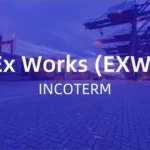
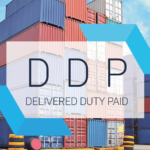
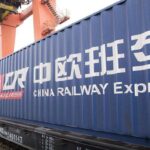
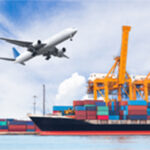





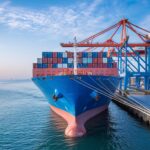
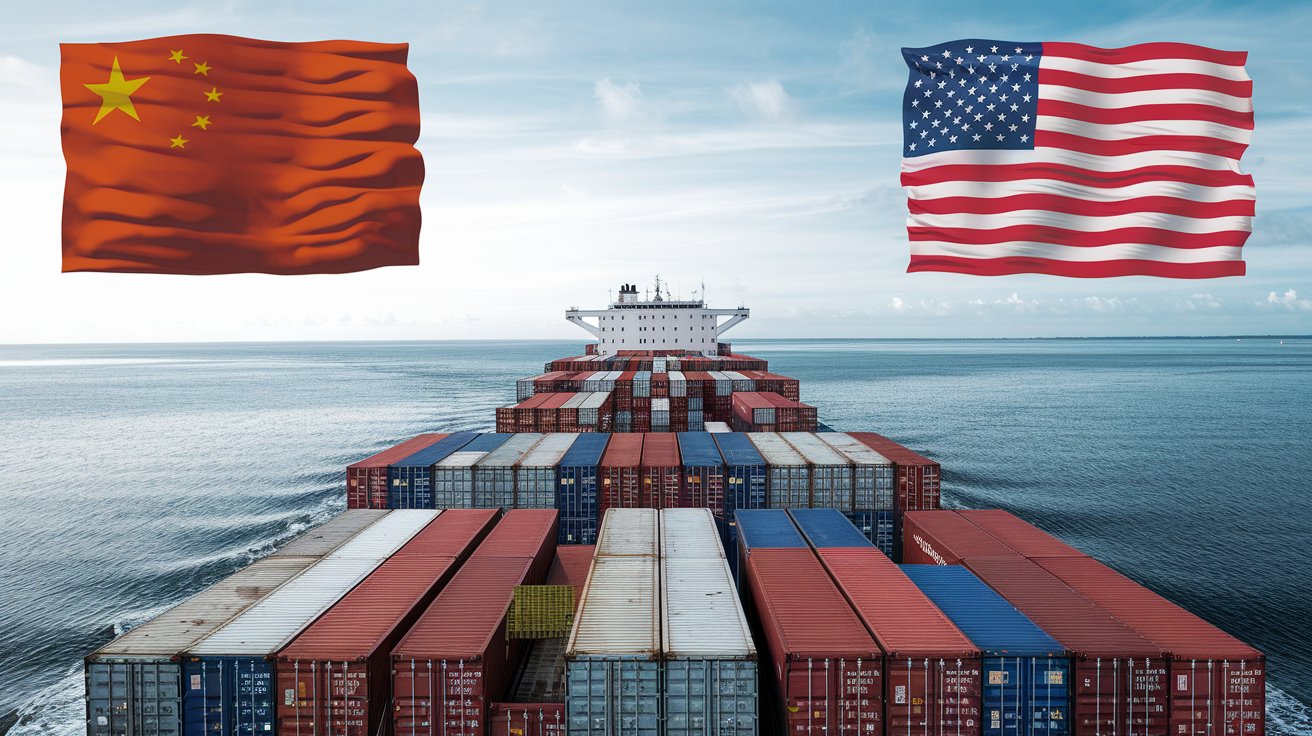
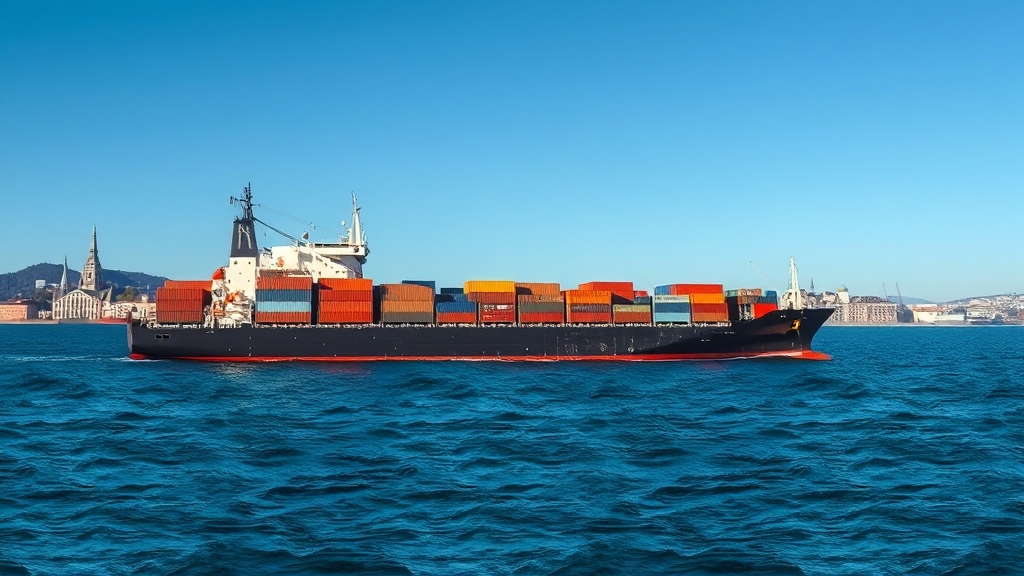

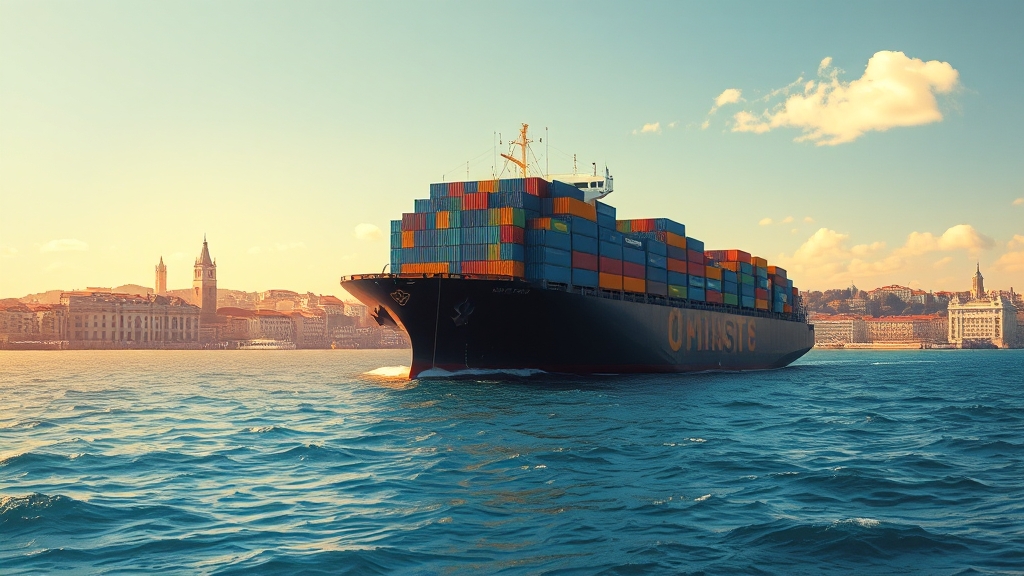
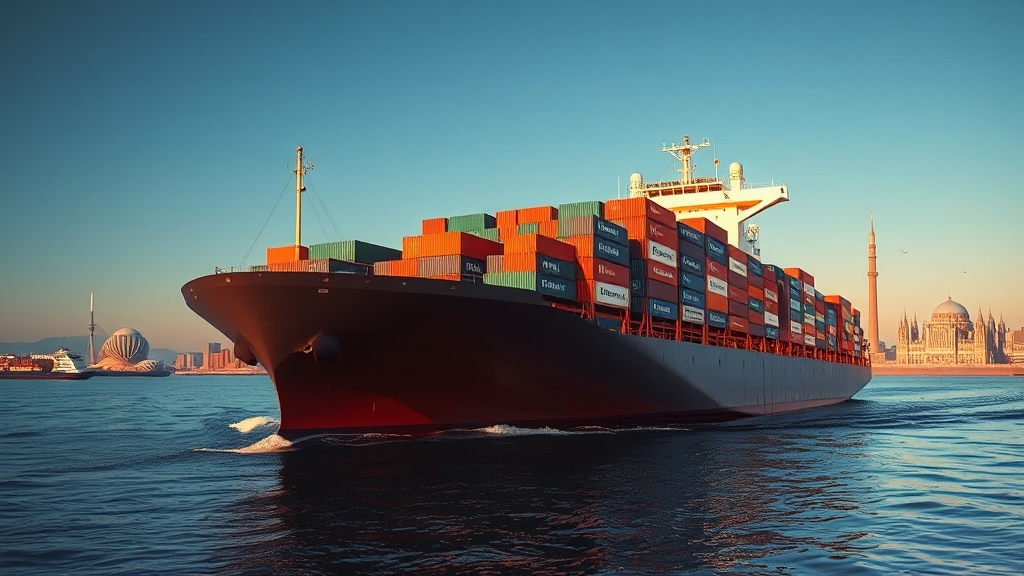





 Afrikaans
Afrikaans Shqip
Shqip አማርኛ
አማርኛ العربية
العربية Հայերեն
Հայերեն Azərbaycan dili
Azərbaycan dili Euskara
Euskara Беларуская мова
Беларуская мова বাংলা
বাংলা Bosanski
Bosanski Български
Български Català
Català Cebuano
Cebuano Chichewa
Chichewa 简体中文
简体中文 繁體中文
繁體中文 Corsu
Corsu Hrvatski
Hrvatski Čeština
Čeština Dansk
Dansk Nederlands
Nederlands English
English Esperanto
Esperanto Eesti
Eesti Filipino
Filipino Suomi
Suomi Français
Français Galego
Galego ქართული
ქართული Deutsch
Deutsch Ελληνικά
Ελληνικά Kreyol ayisyen
Kreyol ayisyen Harshen Hausa
Harshen Hausa Ōlelo Hawaiʻi
Ōlelo Hawaiʻi עִבְרִית
עִבְרִית हिन्दी
हिन्दी Hmong
Hmong Magyar
Magyar Íslenska
Íslenska Igbo
Igbo Bahasa Indonesia
Bahasa Indonesia Gaeilge
Gaeilge Italiano
Italiano 日本語
日本語 Basa Jawa
Basa Jawa ಕನ್ನಡ
ಕನ್ನಡ Қазақ тілі
Қазақ тілі ភាសាខ្មែរ
ភាសាខ្មែរ 한국어
한국어 كوردی
كوردی Кыргызча
Кыргызча ພາສາລາວ
ພາສາລາວ Latin
Latin Latviešu valoda
Latviešu valoda Lietuvių kalba
Lietuvių kalba Lëtzebuergesch
Lëtzebuergesch Македонски јазик
Македонски јазик Malagasy
Malagasy Bahasa Melayu
Bahasa Melayu മലയാളം
മലയാളം Maltese
Maltese Te Reo Māori
Te Reo Māori मराठी
मराठी Монгол
Монгол ဗမာစာ
ဗမာစာ नेपाली
नेपाली Norsk bokmål
Norsk bokmål پښتو
پښتو فارسی
فارسی Polski
Polski Português
Português ਪੰਜਾਬੀ
ਪੰਜਾਬੀ Română
Română Русский
Русский Samoan
Samoan Gàidhlig
Gàidhlig Српски језик
Српски језик Sesotho
Sesotho Shona
Shona سنڌي
سنڌي සිංහල
සිංහල Slovenčina
Slovenčina Slovenščina
Slovenščina Afsoomaali
Afsoomaali Español
Español Basa Sunda
Basa Sunda Kiswahili
Kiswahili Svenska
Svenska Тоҷикӣ
Тоҷикӣ தமிழ்
தமிழ் తెలుగు
తెలుగు ไทย
ไทย Türkçe
Türkçe Українська
Українська اردو
اردو O‘zbekcha
O‘zbekcha Tiếng Việt
Tiếng Việt Cymraeg
Cymraeg יידיש
יידיש Yorùbá
Yorùbá Zulu
Zulu